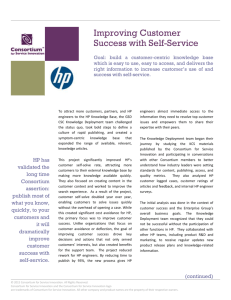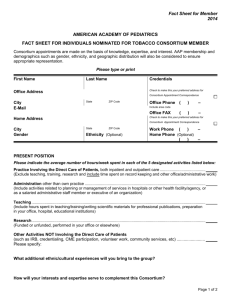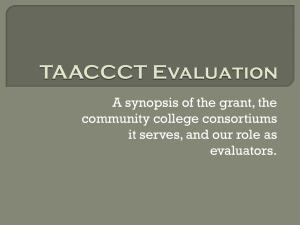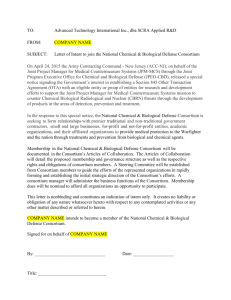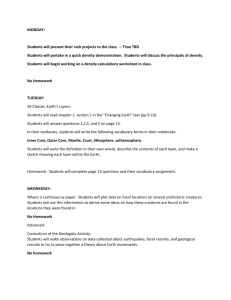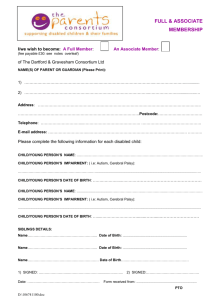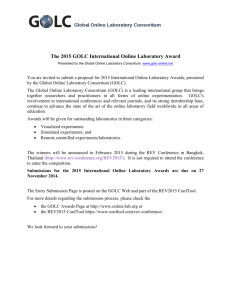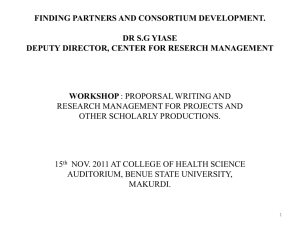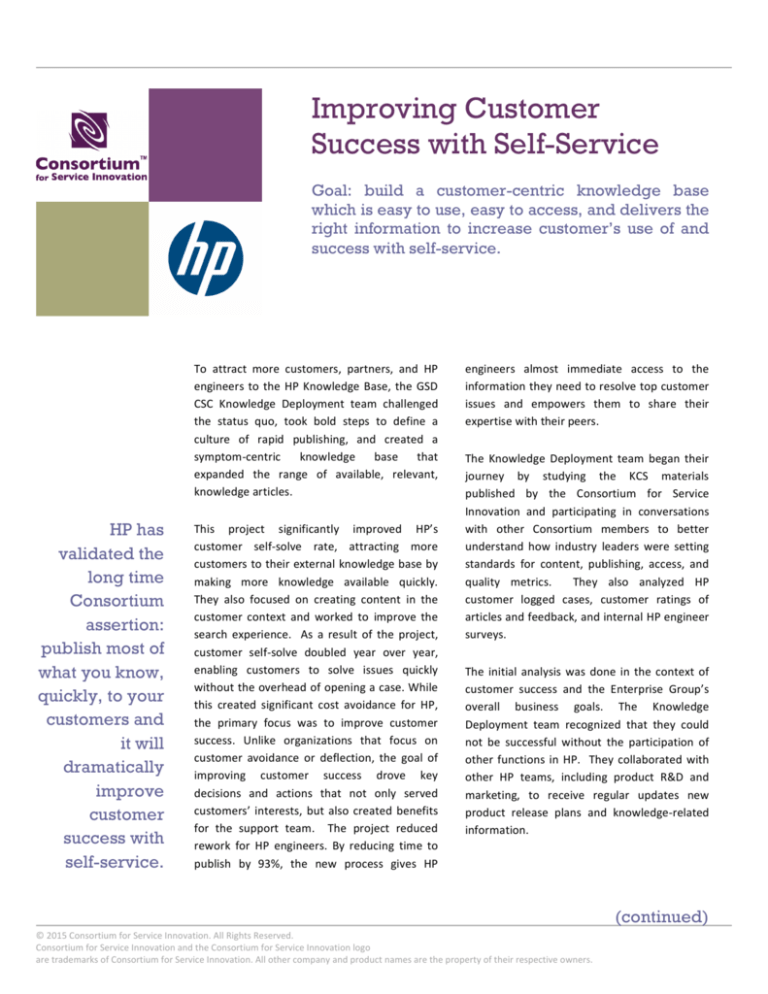
2
1
Improving Customer
Success with Self-Service
Goal: build a customer-centric knowledge base
which is easy to use, easy to access, and delivers the
right information to increase customer’s use of and
success with self-service.
To attract more customers, partners, and HP engineers to the HP Knowledge Base, the GSD CSC Knowledge Deployment team challenged the status quo, took bold steps to define a culture of rapid publishing, and created a symptom-­‐centric knowledge base that expanded the range of available, relevant, knowledge articles. HP has
validated the
long time
Consortium
assertion:
publish most of
what you know,
quickly, to your
customers and
it will
dramatically
improve
customer
success with
self-service.
This project significantly improved HP’s customer self-­‐solve rate, attracting more customers to their external knowledge base by making more knowledge available quickly. They also focused on creating content in the customer context and worked to improve the search experience. As a result of the project, customer self-­‐solve doubled year over year, enabling customers to solve issues quickly without the overhead of opening a case. While this created significant cost avoidance for HP, the primary focus was to improve customer success. Unlike organizations that focus on customer avoidance or deflection, the goal of improving customer success drove key decisions and actions that not only served customers’ interests, but also created benefits for the support team. The project reduced rework for HP engineers. By reducing time to publish by 93%, the new process gives HP engineers almost immediate access to the information they need to resolve top customer issues and empowers them to share their expertise with their peers. The Knowledge Deployment team began their journey by studying the KCS materials published by the Consortium for Service Innovation and participating in conversations with other Consortium members to better understand how industry leaders were setting standards for content, publishing, access, and quality metrics. They also analyzed HP customer logged cases, customer ratings of articles and feedback, and internal HP engineer surveys. The initial analysis was done in the context of customer success and the Enterprise Group’s overall business goals. The Knowledge Deployment team recognized that they could not be successful without the participation of other functions in HP. They collaborated with other HP teams, including product R&D and marketing, to receive regular updates new product release plans and knowledge-­‐related information. (continued)
© 2015 Consortium for Service Innovation. All Rights Reserved. Consortium for Service Innovation and the Consortium for Service Innovation logo are trademarks of Consortium for Service Innovation. All other company and product names are the property of their respective owners. 1
3
2
Lessons Learned
Four steps to improve self-­‐solve success: 1. Reduce time to publish (customer viewable) 2. Increase the percent of known issues published 3. Improve navigation and search 4. Marketing programs -­‐ awareness (“build it and they will come” doesn’t work) Cross-­‐company participation: ● Improving customer success with self-­‐solve requires involvement and collaboration across the company To improve content quality, focus on both the Solve Loop and the Evolve Loop processes: Solve Loop (reactive) ● Content developed on demand by support organization ● Coaching for content quality at each stage of document workflow ● KCS A uthor and tool training incorporated in the process to equip new and experienced engineers with knowledge resources & KCS mindset (create > share > reuse) ● Implemented a licensing model for support engineers, empowered those who demonstrated good judgement and an understanding of the content standard to publish immediately ● Article quality assessment based on 10 quality criteria ● 90% of the articles are published to customers within 60 min. Evolve Loop (continuous improvement through analysis) ● Collaboration with L1, L2, and L3 support organizations and HP Product Division for: ○ Analyzing customer calls/cases, identify top call generators ○ Defining top customer issues based on volume, severity and impact ○ Identify and fill knowledge gaps Content creation & review for knowledge gaps based on customer search behaviors ● Reduction of duplicate, obsolete, zero usage (lifetime) content. ● Closed feedback loop to understand the requirement of customers and suppliers Next Steps
HP Enterprise support group is not done. Based on what they have learned they have identified improvements that will yield additional benefits. Next steps include: “We are thrilled with the benefits we have realized so far. Receiving the HP EG
Quality Award was an extra bonus and provides external recognition for the
team's results through their sustained focus and effort over time,” says
Ashimendu Bose, Director - Knowledge Management and Delivery Support. “We
feel our knowledge-centered culture is a strong foundation for continuous
improvement; the journey continues.”
To increase content awareness with support staff and customers they leveraged the following: ● Technology at Work (TAW) m onthly Newsletter contains EG content (Support Articles). ● Driver & Support Alerts to keep customer updated with the content revision/changes. ● Subscriber’s Choice for product specific audience. ● RSS (Rich Site Summary) Feed to support articles. ● Technical blogs to discuss industry issue, trend & technology with reference article. ● Social m edia network reaching out to customers with product knowledge resources and solution. ● Social forums and peer-­‐to-­‐peer discussions. ● HP Expert Day providing a platform to customers to leverage domain expertise & knowledgeable resources. The Results ● Internal -­‐ reduce rework, improved time to publish ● External -­‐ 4x improvement in customer self-­‐solve ● Recognition -­‐ The team’s success was recognized with the coveted HP EG Quality Award in 2014 ●
●
An update to the CRM and KM tools to provide tighter integration and additional functionality that will support just-­‐in-­‐time publishing Adopt a default state of “public” for all new articles and allow for “internal notes” (visible only to HP) within articles. Support engineers will be able to put articles in an “internal only” state for those few articles that contain sensitive or confidential information. About HP HP creates new possibilities for technology to have a meaningful impact on people, businesses, governments and society. With the broadest technology portfolio spanning printing, personal systems, software, services and IT infrastructure, HP delivers solutions for customers' most complex challenges in every region of the world. About the Consortium The Consortium for Service Innovation is a non-­‐profit alliance of organizations focused on innovation for the support industry. The Consortium and its members have developed the KCS methodology over the last 18 years, and are committed to developing innovative ways to deliver customer support.

